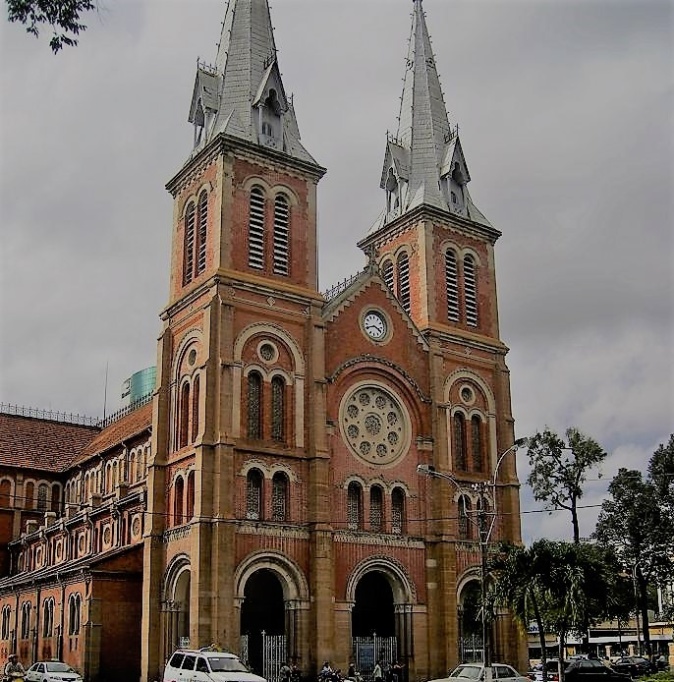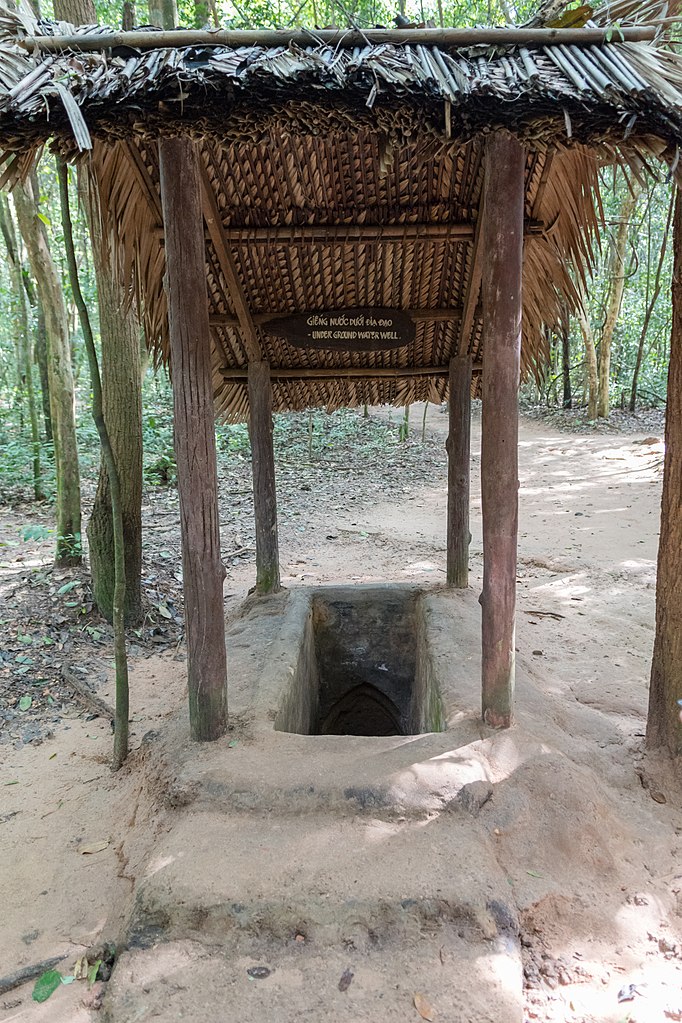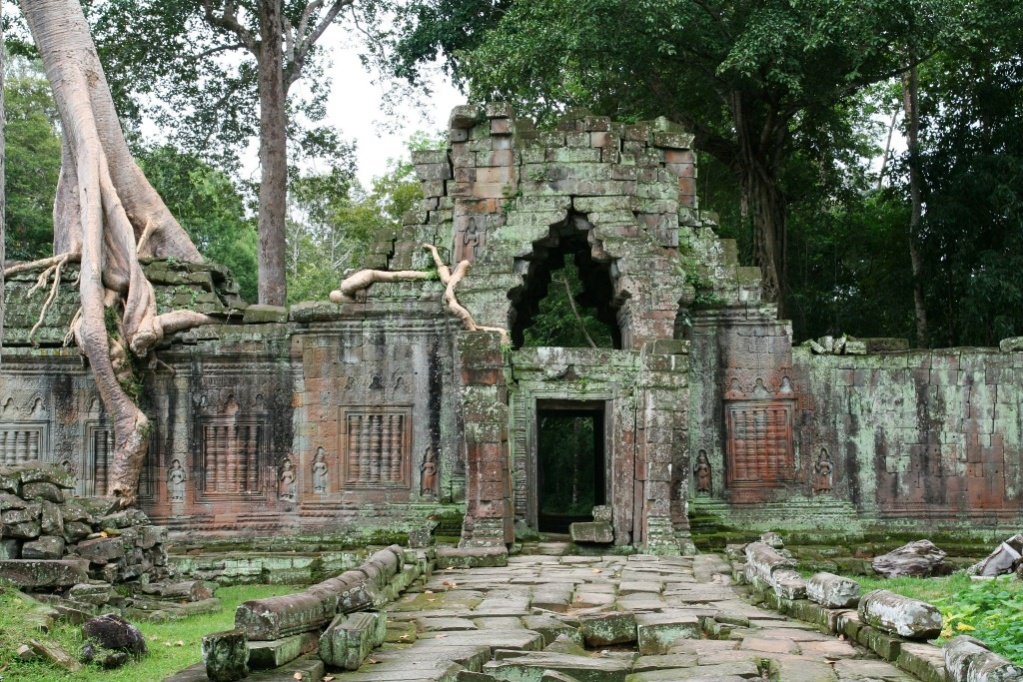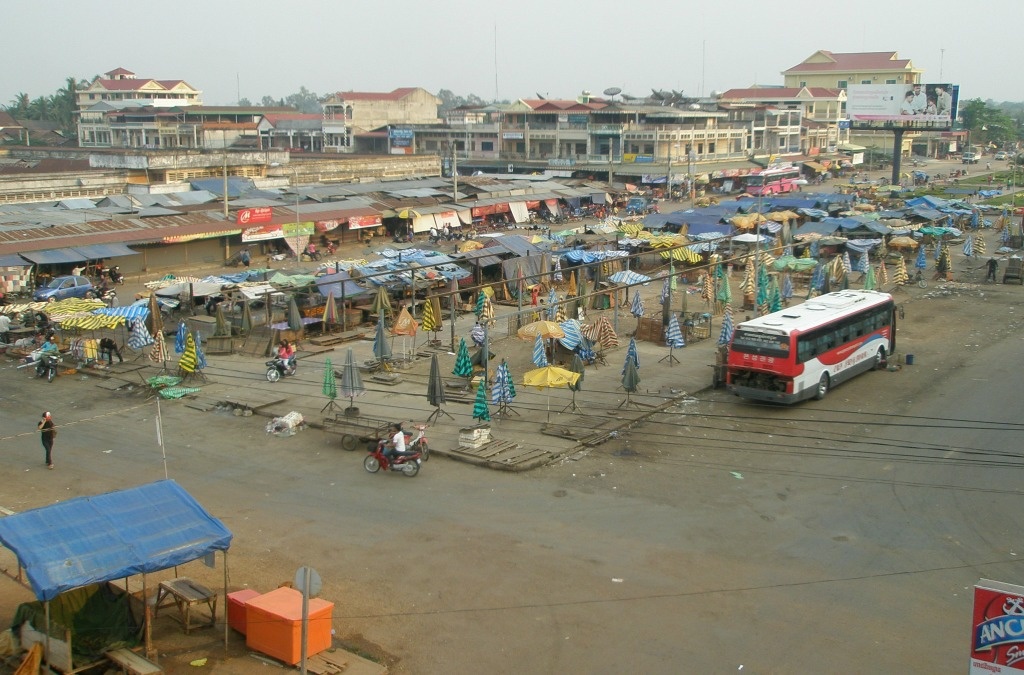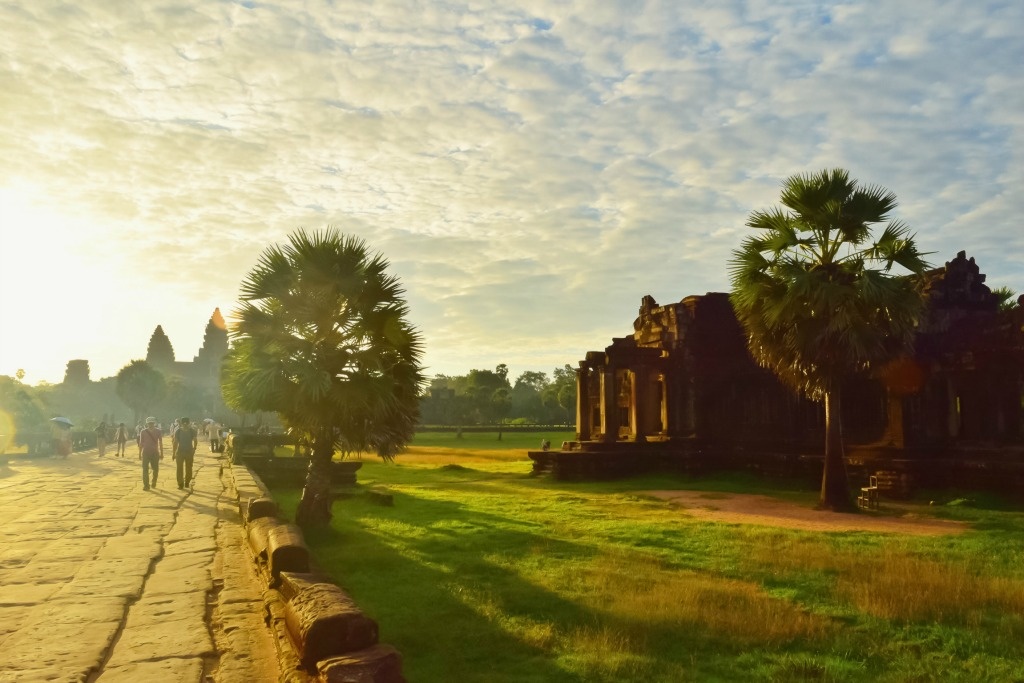Ho Chi Minh City (Saigon) Vietnam Travel Guide A Vagabond Life
Traveling to Saigon, officially known as Ho Chi Minh City, is an immersive journey into Vietnam’s bustling metropolis, where the past intertwines with the present in a vibrant tapestry of culture, history, and modernity. As the largest city in Vietnam, Saigon is a dynamic hub of activity, offering a diverse range of experiences for travelers.
Explore the city’s rich history through iconic landmarks such as the Notre-Dame Cathedral, the historic Reunification Palace, and the War Remnants Museum, which provide poignant insights into Vietnam’s tumultuous past.
Delve into Saigon’s vibrant street life by wandering through bustling markets, sampling delicious street food, and navigating the chaotic traffic on the back of a motorbike taxi (xe om). Experience the city’s thriving culinary scene, from authentic Vietnamese cuisine to international flavors, in the numerous restaurants, cafes, and street food stalls that line its streets.
Moreover, Saigon serves as a gateway to the Mekong Delta, where travelers can embark on boat cruises, visit floating markets, and explore traditional villages, offering a deeper understanding of rural Vietnamese life. With its blend of history, culture, and energy, Saigon promises an unforgettable adventure in the heart of Vietnam.
Saigon Vietnam Map
Getting To Saigon Vietnam
Saigon, officially known as Ho Chi Minh City, is a bustling metropolis in southern Vietnam. It’s a major gateway for travelers arriving in the country and offers several transportation options to reach it:
By Air
The most common way to reach Saigon is by flying into Tan Son Nhat International Airport (SGN). The airport is the busiest in Vietnam and is well-connected with major cities around the world. Direct flights are available from many international destinations, including cities in Asia, Europe, and North America. From the airport, it’s a short drive to the city center, with taxis, ride-sharing services, and airport shuttles readily available.
By Train
For those coming from within Vietnam, taking the train is a scenic and leisurely option. The Reunification Express runs from Hanoi to Ho Chi Minh City, passing through several cities and towns. The journey from Hanoi to Saigon can take approximately 30 to 35 hours, so it’s ideal for travelers who prefer a slower pace and want to see more of the countryside.
By Bus
Bus services are available from various parts of Vietnam, including major cities like Hanoi, Da Nang, and Nha Trang. While buses are a budget-friendly option, they can be less comfortable for long distances and may take longer than flying or taking the train.
By Car/Motorbike
Adventurous travelers might choose to drive or ride a motorbike from other parts of Vietnam. The roads between cities are generally in good condition, but traffic can be challenging, and road conditions can vary.
Getting Around Saigon Vietnam
Once in Saigon, getting around the city is relatively straightforward, with several transportation options to choose from:
Taxis
Taxis are a popular and convenient way to get around Saigon. Numerous taxi companies operate in the city, and they are typically affordable. It’s advisable to use reputable companies and ensure the meter is running to avoid overcharging.
Ride-Sharing Apps
Services like Grab and Gojek are widely used in Saigon and offer both car and motorbike rides. They are often a more convenient option than hailing a taxi on the street and can be useful for navigating the city’s busy traffic.
Motorbike Rentals
Renting a motorbike is a common and practical way to explore Saigon, especially if you want to navigate through traffic and reach more remote areas. However, be cautious if you’re unfamiliar with local driving practices and ensure you have the necessary licenses and insurance.
Public Buses
Saigon’s public bus system covers a wide area of the city and is an economical way to travel. Buses can be crowded and may not always be the most efficient way to get around, but they are a good option for budget travelers.
Cyclo
For a unique and traditional experience, consider taking a cyclo (a bicycle rickshaw). It’s a leisurely way to see the city’s sights and experience local life, though it’s best suited for short distances.
Walking
In areas like District 1, where many of the city’s major attractions are located, walking can be a pleasant and practical option. It’s an excellent way to soak in the vibrant atmosphere and discover hidden gems.
Navigating Saigon can be a dynamic experience, but with these transportation options, you’ll find it relatively easy to explore this vibrant city.
Things To See & Do In Saigon Vietnam
War Remnants Museum
The War Remnants Museum is a sobering museum which details the 30 year long war between America and Vietnam. There are preserved tanks, planes and other war machines in the outside grounds, but the really hard-hitting information is found inside. Photographs, exhibits and written documentation show the horrific lengths that the American Army went to in an attempt defeat the North Vietnamese Army.
Address: 28 Vo Van Tan, District 3, Ho Chi Minh City.
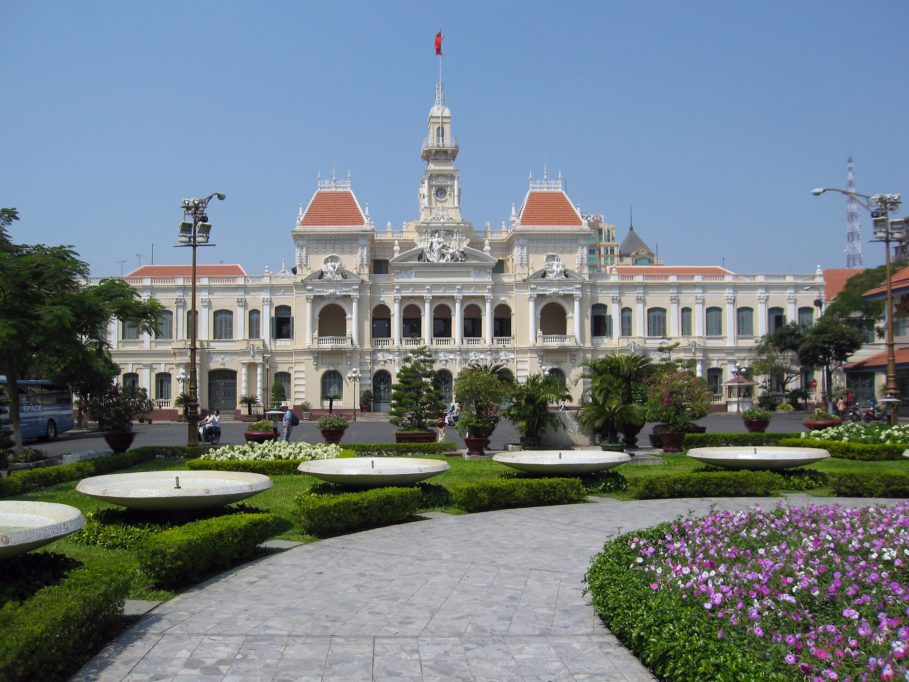
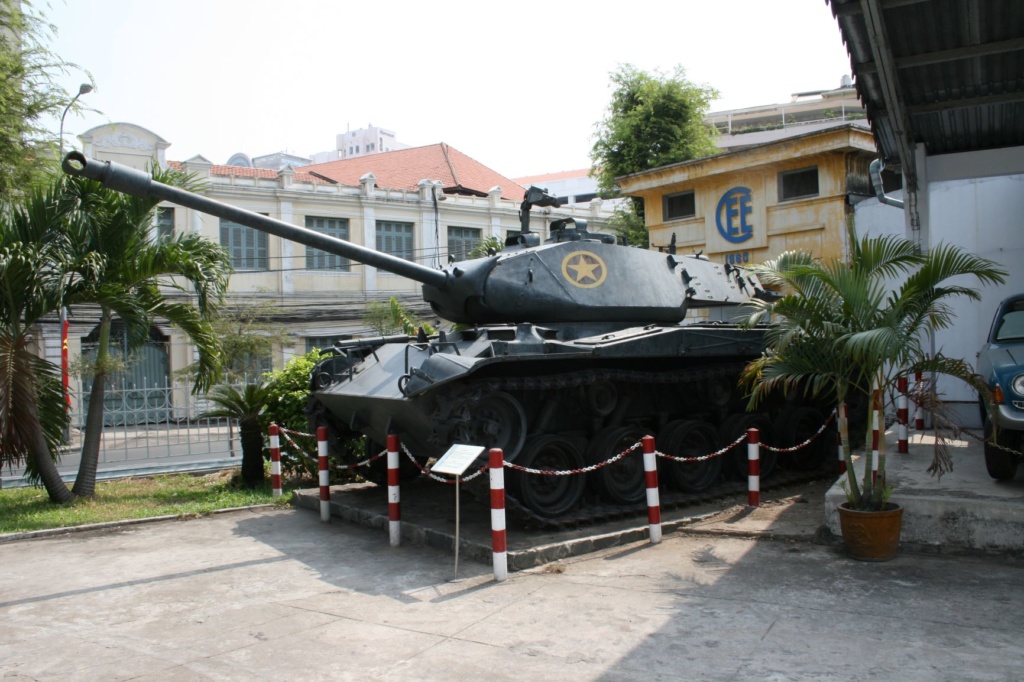
Cu Chi Tunnels
The tunnels of Củ Chi are an immense network of connecting underground tunnels located in the Củ Chi District and are part of a much larger network of tunnels that underlie much of the country. The tunnels were used by Viet Cong soldiers as hiding spots during combat, as well as serving as communication and supply routes, hospitals, food and weapon caches and living quarters for numerous North Vietnamese fighters. The tunnel systems were of great importance to the Viet Cong in their resistance to American forces, and helped to counter the growing American military effort.
Binh Tay Market
Binh Tay Market was built by the French in the 1880s, is located in the centre of Vietnam’s largest Chinatown district. Binh Tay Market market mainly serves the local population with its extensive range of fresh fruits, vegetables, poultry, meat and seafood from regions across Vietnam.
Address: 57A Thap Moui, District 6, Ho Chi Minh City
Jade Emperor Pagoda
The Jade Emperor Pagoda is one of the most revered temples in Ho Chi Minh. Originally built in 1909 by Chinese immigrants this Taoist temple now welcomes Buddhist worshipping and is incredibly atmospheric with incense smoke hanging heavy in the air.
Address: 73 Mai Thi Luu, District 3, Ho Chi Minh City
Reunification Palace
Reunification Palace was the centre of the allied command and the place where the North Vietnamese claimed victory in the American War. The palace has essentially been frozen in time since a North Vietnamese Army tank smashed through its gates in 1975. Visitors will get to discover secret rooms, grand reception halls and the command bunker where General Ngo Dinh Diem conducted his war strategies.
Address: 135 Nam Ky Khoi Nghia, Ben Thanh, District
Notre Dame Cathedral
Saigon Notre Dame Cathedral was built in the late and 1880s by French colonists is one of the few remaining strongholds of Catholicism in the largely Buddhist Vietnam. Located in Paris Square, the name Notre Dame was given after the installation of the statue ‘Peaceful Notre Dame’ in 1959. A Virgin Mary statue also stands in front of Saigon Notre Dame Cathedral, which locals claimed to have shed tears in October 2005 – which was refuted by the Catholic Church.
